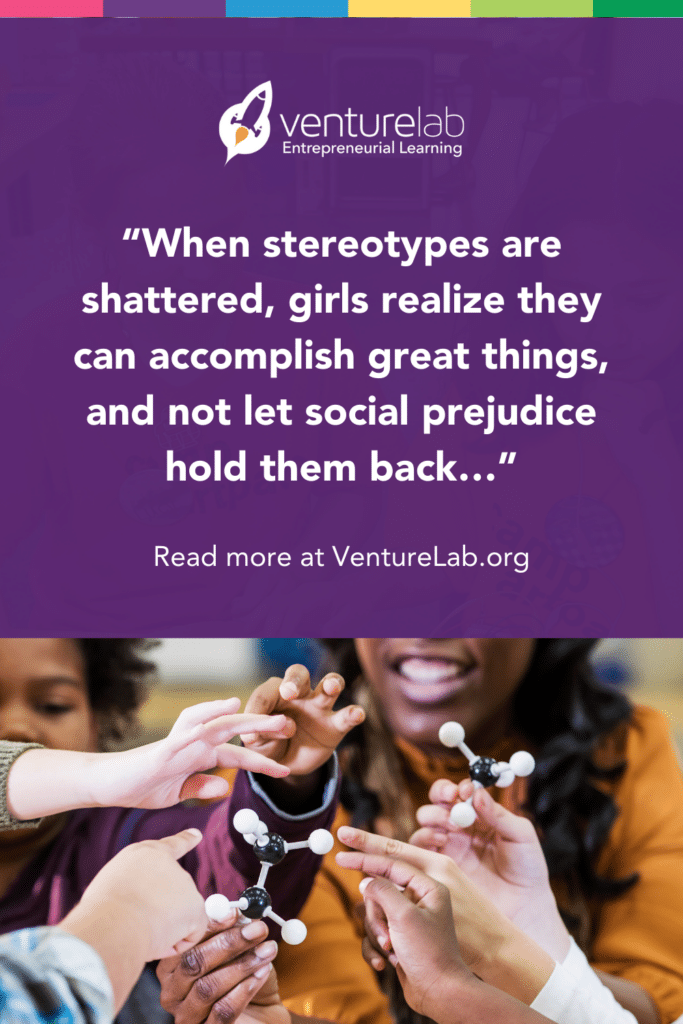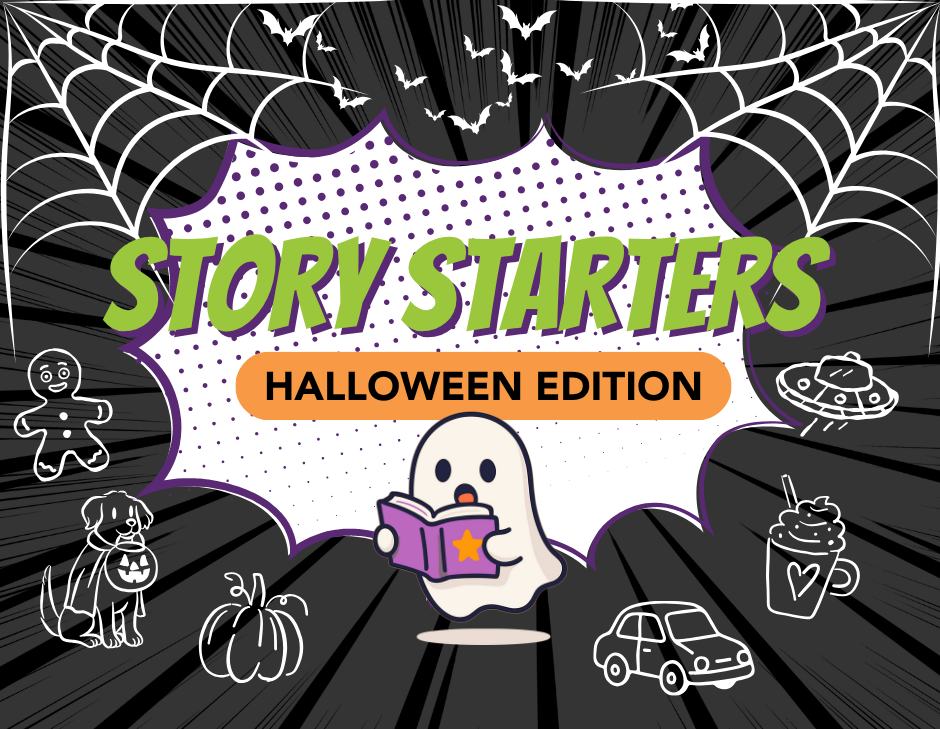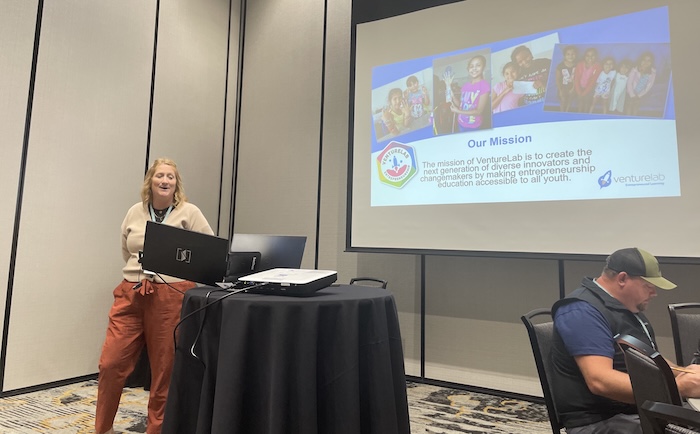
Integrating Entrepreneurship into STEAM Education.
Dr. Cristal Glangchai |
March 20, 2018

Going full STEAM ahead
When stereotypes are shattered, girls realize they can accomplish great things, and not let social prejudice hold them back, especially in the important areas of the disciplines known as STEAM—for science, technology, engineering, arts and mathematics.
Take the Grace Hopper Celebration of Women in Computing, a rollicking event held annually since 2006 that now draws more than 10,000 women and 600 presenters from more than 50 counties in a glorious exchange of ideas, inspirations, camaraderie, and entrepreneurial energy. It’s where college students go to become part of the next wave of women to embark on STEAM careers.
Before STEAM there was “SMET.” It sounded awful. Who would want to study SMET? In the late 1990s, Rita Coldwell, director of the National Science Foundation, recommended that the agency begin using the acronym “STEM” instead. In the early part of this century came calls for a new letter: “A’’ for arts and design, to form STEAM.
Those who were dismayed when STEM became STEAM can be forgiven for wondering when the acronym will stop. Well, not just yet.
How STEAM education is evolving
STEAM is evolving. The movement is about much more than filling the workforce pipeline with technology-ready new hires. Increasingly, it’s becoming a new way of teaching and learning that is project-based and relevant, and “contextual,” as educators say, igniting students’ interest in all kinds of technology applications, including digital arts, animation, music, and ergonomic design of the devices that are changing our lives, and much more.
In an entrepreneurial classroom, STEAM learning feels like hard-working, joyous play, creating possibilities for thousands of sparks. Entrepreneurial learning amps up all of the other elements of STEAM.

For these reasons, STEAM needs a new letter—an “e” for entrepreneurial skills. eSTEAM (pronounced “esteem”) encompasses success as learning, developing and testing new ideas, solving problems creatively and collaboratively, persevering through setbacks, building grit, gaining deep knowledge, and—most especially for girls—developing confidence. It is less about filling in the correct bubbles on a standardized test, and more about developing students who could write a better test.
I believe this so strongly that I am providing a free toolkit for parents and educators. Together, let’s equip our daughters with entrepreneurial skills to spark their interest in eSTEAM—and light the path for those who will become the leaders and entrepreneurs who will create the companies and jobs of the future.
I’d love to hear what you think about entrepreneurial learning, and its potential impact on girls’ lives. Thank you for sharing.



